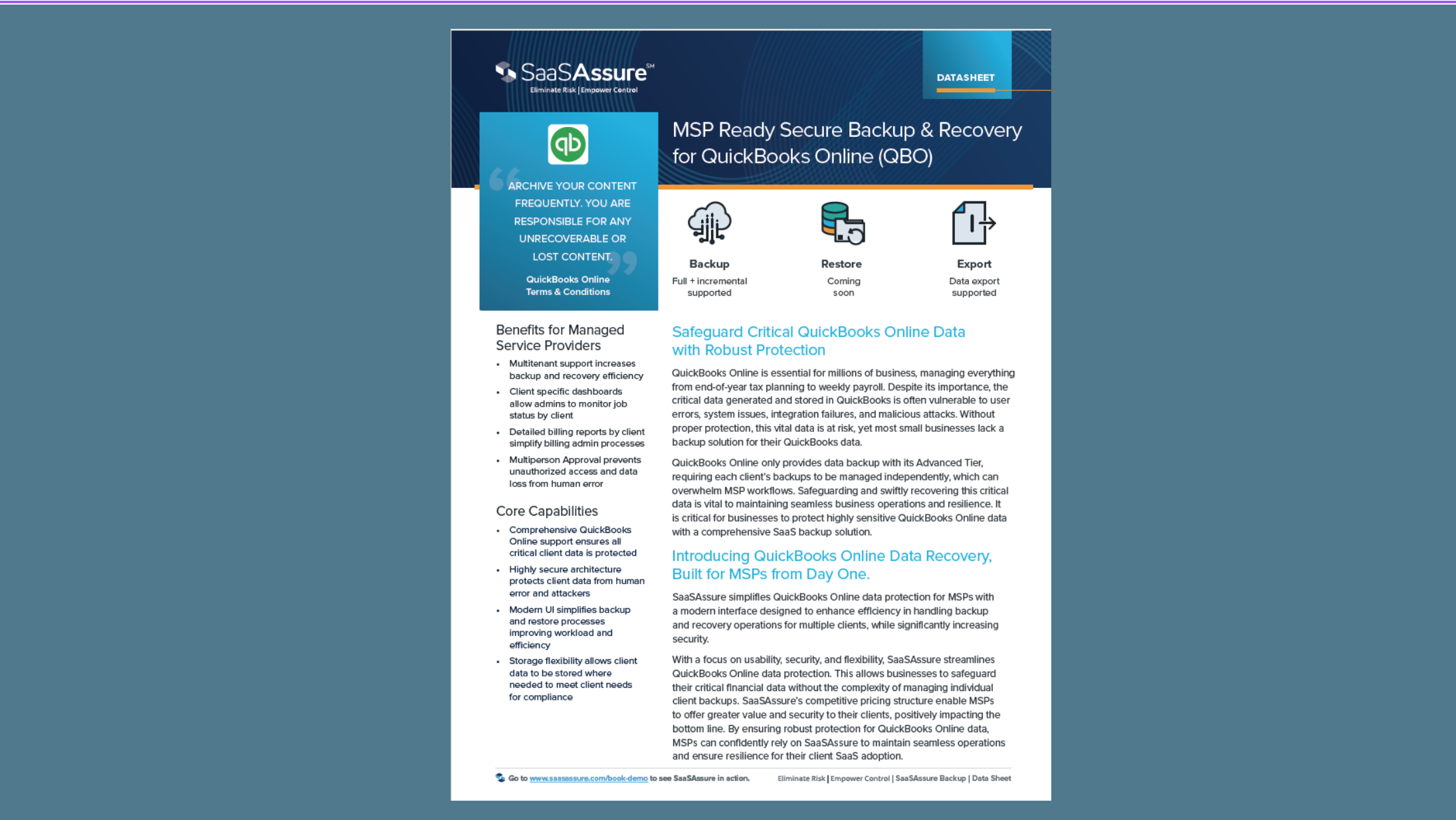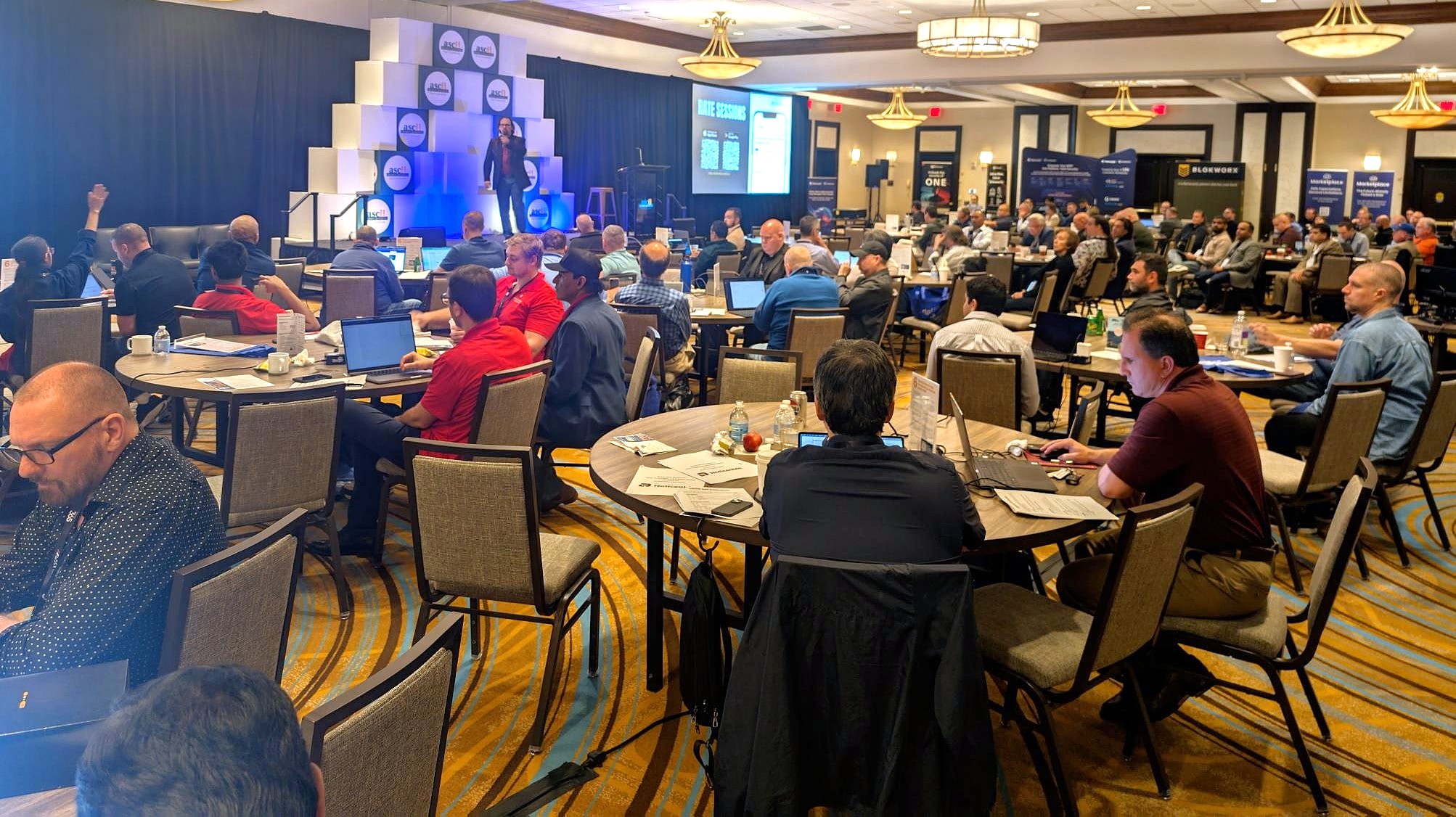A new global research report1 by Lenovo (HKSE: 992) (ADR: LNVGY) highlights the triumphs, challenges and the consequences of the sudden shift to work-from-home (WFH) during the COVID-19 pandemic and how companies and their IT departments can power the new era of working remotely that will follow. This research is insightful as more than half of the global workforce surveyed believe they will work from home more in the future than ever before.
“Technology and the Evolving World of Work”
The study, entitled “Technology and the Evolving World of Work,” looks at how employees worldwide are responding to the “new normal” after a majority of those surveyed (72 percent) confirmed a shift in their daily work dynamic in the last three months. Employees feel more connected and more productive than ever before as they WFH, but the data shows financial, physical and emotional downsides for the global workforce.
“This data gave us valuable insights on the complex relationship employees have with technology as work and personal are becoming more intertwined with the increase in working from home,” commented Dilip Bhatia, Vice President of Global User and Customer Experience at Lenovo. “Respondents globally feel more reliant on their work computers and more productive but have concerns about data security and want their companies to invest in more tech training. We’re using these takeaways to improve the development of our smart technology and better empower remote workers of tomorrow.”
Productivity, Connectivity, and IT Independence Increase
Survey respondents around the world are embracing working away from the office – yet feel more connected to their devices than ever as the ‘office’ becomes wherever their technology is.
- Eighty-five percent of those surveyed feel more reliant on their work PCs (laptops and/or desktop computer) than they did working from the office.
- Nearly two-thirds (63 percent) of the global workforce surveyed feel they are more productive working from home than when they were in the office.
- Fifty-two percent of respondents believe they will continue to WFH more than they did pre-COVID-19 – even after social distancing measures lift
This new confidence in working remotely has increased organizations’ need for customizable, modern IT solutions to be deployed at scale. Seventy-nine percent of participants agree that they have had to be their own IT person while working from home, and a majority of those surveyed believe employers should invest in more tech training to power WFH in the future.
But Sometimes Productivity Comes with Downsides
In such a quick, dramatic shift to WFH that the pandemic brought on, workers say they have had to make personal investments on tech when their employers have not.
- Seven-in-ten employees surveyed globally said they purchased new technology to navigate working remotely
- Nearly 40 percent of those surveyed have had to partially or fully fund their own tech upgrades
- US respondents2 say they have personally3 spent an average of $348 (USD) to upgrade or improve technology while working at home due to COVID-19 – roughly $70 higher than the global average ($273), and the second-highest among 10 markets surveyed
New ways of working have also brought on a set of literal aches and pains. Seventy-one percent of workers surveyed complain of new or worsening conditions, including headaches, back and neck pains, difficulty sleeping and more. Having a proper WFH setup is important to minimizing discomfort, including proper furniture and a larger-sized external monitor that can ergonomically adjust to natural eye-level. Making time for breaks is also important since many built-in workday breaks for office workers (stretching, getting up to get coffee, going out for lunch, etc.) occur in different rhythms while working remotely.
Along with physical ailments, workers around the world identified other top challenges to the WFH experience: reduced personal connections with coworkers, an inability to separate work life from home life, and finding it hard to concentrate during work hours due to distractions at home. Training and implementation of high-quality videoconferencing capabilities such as noise-cancelling headphones and webcams on the work PC, tablet or phone can help employees feel more connected with colleagues and feeling less distracted at home.
Naturally as technology has powered WFH around the world, surveyed workers also expressed overall concerns overall around security and being heavily reliant on tech connectivity to get the job done. Employees of all ages agree their top tech-specific concern is how it makes their companies more vulnerable to data breaches. As a result, enhanced security will need to be built into employees’ hardware, software and services (including deployment, set-up and maintenance) from the get-go and is especially critical within today’s remote work environment.
Forward-Looking Advice from Employees
“Technology and the Evolving World of Work” also offers important guidance to employers around the world to embrace the new technology normal beyond the pandemic and into the future.
Flexibility Isn’t Just Expected, It’s Required.
Overall, surveyed employees globally expressed mixed feelings about work in a post-COVID world – while some employees expressed being happy (27 percent) and excited (21 percent) about working from home forever, others feel neutral (22 percent) and conflicted (17 percent). In light of this, it is more important than ever to give employees flexibility and the required tech to WFH so they don’t have to spend their own money on tech upgrades for work.
Tech Should Facilitate Balance, Collaboration, Multi-tasking.
Although most respondents say tech makes them efficient and more productive, employees identified other ways that tech could improve to help them gain an advantage at work:
- Help them better maintain work life balance
- Make it easier for employees to collaborate with others at outside companies and organizations
- Assist with multi-tasking and switching gears between projects more frequently
- Automate some of their daily tasks
More 5G, Please! Although emerging technologies may have been a new subject in the past, employees are now expressing excitement about the role it plays in improving the WFH experience. When asked which emerging technologies would have the most positive impact on their job within the next few years, employees ranked 5G wireless network technology and Artificial Intelligence (AI)/machine learning as their top choices.
When implementing these technologies, companies should seek employee input on where these can make the most impact within their jobs. 5G provides a strong and more secure connection while giving employees the ability to move around, while AI can help automate routine responsibilities. A majority of employees have also expressed they are hopeful that emerging technologies can help improve work/life balance.
Technology and the Evolving World of Work Overview
Lenovo Intelligent Devices Group’s “Technology and the Evolving World of Work” research study explores the perspective of employed adults in 10 markets – the United States, Brazil, Mexico, United Kingdom, France, Germany, Italy, China, India and Japan – as a resource for business leaders and tech suppliers around the world to understand employee needs amidst a dramatic shift in their way of working. A total of 20,262 respondents were surveyed between May 8-14, 2020 about their experience with technology in the workplace and the impact of COVID-19 on their preferences, connectivity and work/life balance.
The full research report can be viewed here and additional images can be viewed here.
About Lenovo
Lenovo (HKSE: 992) (ADR: LNVGY) is a US$50 billion Fortune Global 500 company, with 63,000 employees and operating in 180 markets around the world. Focused on a bold vision to deliver smarter technology for all, we are developing world-changing technologies that create a more inclusive, trustworthy and sustainable digital society. By designing, engineering and building the world’s most complete portfolio of smart devices and infrastructure, we are also leading an Intelligent Transformation – to create better experiences and opportunities for millions of customers around the world. To find out more visit https://www.lenovo.com, follow us on LinkedIn, Facebook, Twitter, YouTube, Instagram, Weibo and read about the latest news via our StoryHub.
1 10-market survey of 20,262 employed adults across industries from May 8-15, 2020
2 2,015 employed adults in the US surveyed from May 8-15, 2020
3 Designated as funds not provided by a business or expensed to receive a reimbursement
LENOVO is a trademark of Lenovo. Other company, product and service names may be trademarks or service marks of others and are the property of their respective owners. ©2020, Lenovo Group Limited.
Contacts
Wendy Fung
Director, Global Communications
Intelligent Devices Group, Lenovo
wfung@lenovo.com














